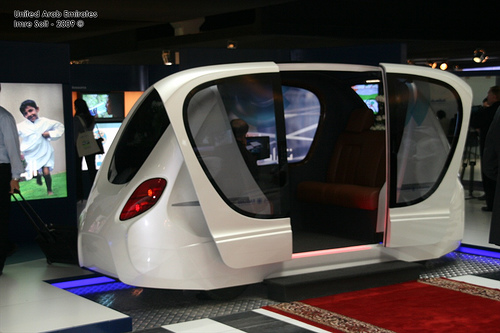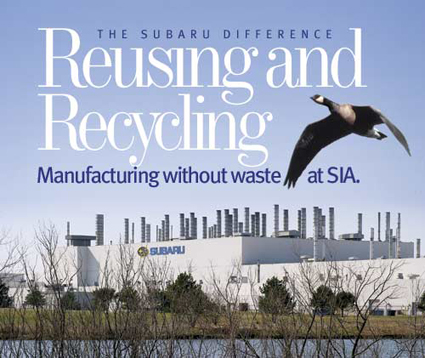 Smack dab on the front page of the Sunday New York Times yesterday was some positive news out of the Middle East. Seems architect Norman Foster of firm Foster and Partners has, along with the government of the United Arab Emirates (UAE), developed a fully sustainable city called Masdar.
Smack dab on the front page of the Sunday New York Times yesterday was some positive news out of the Middle East. Seems architect Norman Foster of firm Foster and Partners has, along with the government of the United Arab Emirates (UAE), developed a fully sustainable city called Masdar.
While it seems like a bit of a hair-brained science project that could only take place in a country with oil wealth and a strong financial sector (although not quite as strong as a few years ago) it’s an interesting concept nonetheless. At $38,900, UAE has the 23rd highest GDP per capita in the world. However, it’s not just the money that makes this project a possibility, but it is also influenced by the inhospitable nature of the environment.
Of course, the country is extremely hot, with temperatures rising well over 100 degrees for much of the summer. Interestingly, Fuller studied the Syrian city of Aleppo in order to find out how people survived before air-conditioning. As it turns out, cities were often elevated in order to benefit from desert winds and “used tall, hollow “wind towers” to funnel air down to street level. And the narrowness of the streets — which were almost always at an angle to the sun’s east-west trajectory, to maximize shade — accelerated airflow through the city.” I always find it interesting that much of what constitutes sustainability these days is simply adapting a lifestyle that we had abandoned long ago.
However, there are some new touches as well. The city is completely walled off and cars are not allowed to enter the limits. Instead, electric cars run underneath the city based on solar energy gathered outside the city walls (water and waste treatment is also done outside the city walls). These cars will run via an LCD screen which will allow passengers to choose their destination (more explanation needed please) and because of the heat, people constantly drive everywhere, so in order to get back up to city level residents are encouraged to take the stairs. Apparently obesity is not solely an American problem.
The author rightly questions whether this will be an authentic city, with a soul, although he also points out the many of our greatest cities have become gentrified and have arguably lost theirs. I’m wondering if this is more of a model thats value lies in something that could be replicated elsewhere. After all, it seems a bit ironic to place a sustainable city somewhere with no fresh water and a dwindling oil supply. Or maybe that’s exactly the point.
Image Credit by Imresolt via Flickr under a CC license







Although useful, but it probably won’t guarantee a spot at TIME’s most valuable invention given its very specific and limited usage.